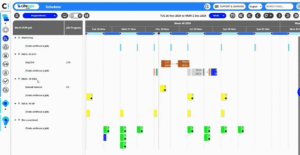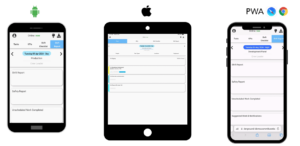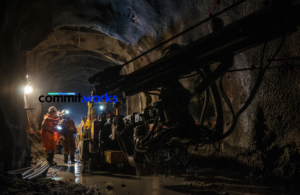We wrote the commitment manifesto to spark a conversation about how high-trust, high-commitment organisations work. We believe that organisations that work in alignment with these principles create a committed workplace which delivers extraordinary employee, shareholder, community and customer results.
- We lead workplaces where leaders trust their people to make and fulfil commitments to each other.
- As leaders, we set clear expectations with our teams and negotiate realistic commitments from the board room to the coal face
- We plan our work to deliver on targets with our people and equipment.
- Everyone can have input to the plan, either by suggesting work, improving processes or accurately sharing their reality.
- We collaborate across all functions and crews so everyone on site knows what will happen next and people say, “Things get done when they are in the plan”.
- We commit to plans that are both based in reality and focused on outcomes. But the world we operate in changes fast, so we adapt quickly and transparently.
- At regular intervals we reflect on progress, provide feedback and adjust our practices accordingly.
- We adhere to the Plan, Do, Check, Act (PDCA) cycle and act on the learning opportunities we get from any variance from the plan.
- We fix root causes to improve the “real” work process where it happens.
- We use technology to improve our work processes, our productivity and the results of our organisation.





